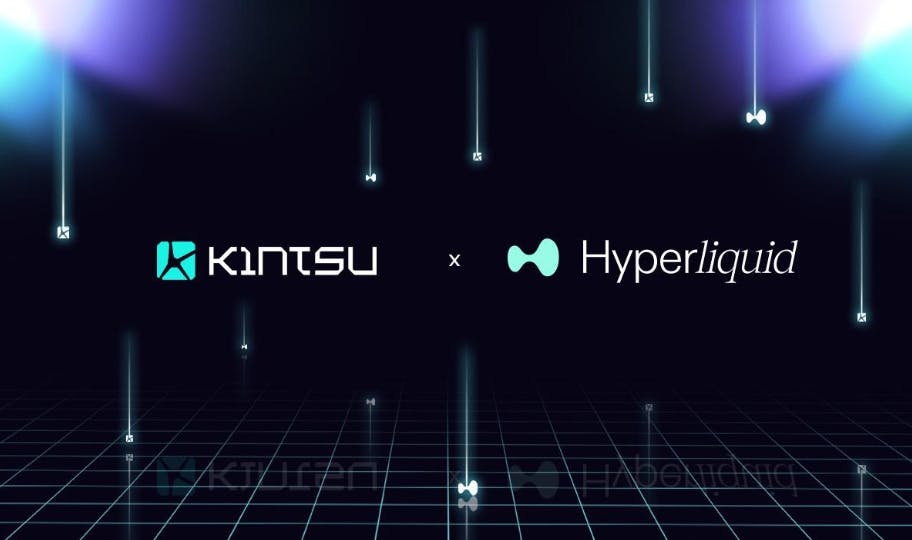In addition to Blender 5.0 supporting HDR on Linux when using the Vulkan API and with Wayland, another important high dynamic range (HDR) milestone landed this week into Blender: the ability to both import and export HDR videos.
Opened all the way back in March 2024 was the pull request Video: HDR video input/output support. This week that pull request by Aras Pranckevicius was finally merged to Blender Git for Blender 5.0’s release later this year.
The committed code now allows Blender to properly deal with reading and writing HDR video content:
HDR video files are properly read into Blender, and can be rendered out of Blender.
HDR video reading / decoding:
– Two flavors of HDR are recognized, based on color related video metadata: “PQ” (Rec.2100 Perceptual Quantizer, aka SMPTE 2084) and “HLG” (Rec.2100 Hybrid-Log-Gamma, aka ARIB STD B67). Both are read effectively into floating point images, and their color space transformations are done through OpenColorIO.
– The OCIO config shipped in Blender has been extended to contain Rec.2100-PQ and Rec.2100-HLG color spaces.
– Note that if you already had a HDR video in sequencer or movie clip, it would have looked “incorrect” previously, and it will continue to look incorrect, since it already has “wrong” color space assigned to it. Either re-add it (which should assign the correct color space), or manually change the color space to PQ or HLG one as needed.HDR video writing / encoding”
– For H.265 and AV1 the video encoding options now display the HDR mode. Similar to reading, there are PQ and HLG HDR mode options.
– Reference white is assumed to be 100 nits.
– YUV uses “full” (“PC/jpeg”) color range.
– No mastering display metadata is written into the video file, since generally that information is not known inside Blender.
Another nice milestone for Blender 5.0 and another big step forward for the Linux/open-source HDR movement, assuming you don’t mind running on a Wayland-based desktop.








